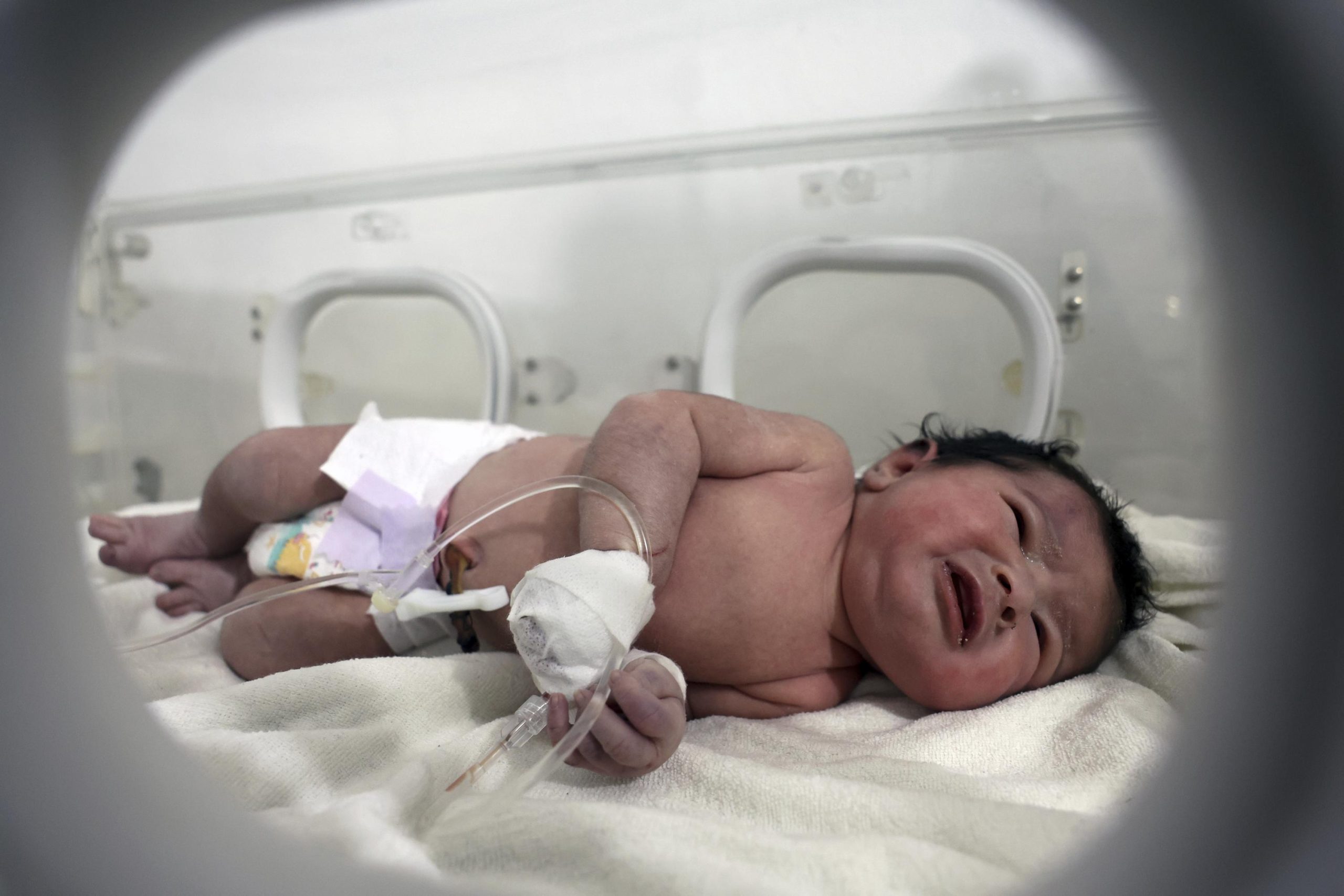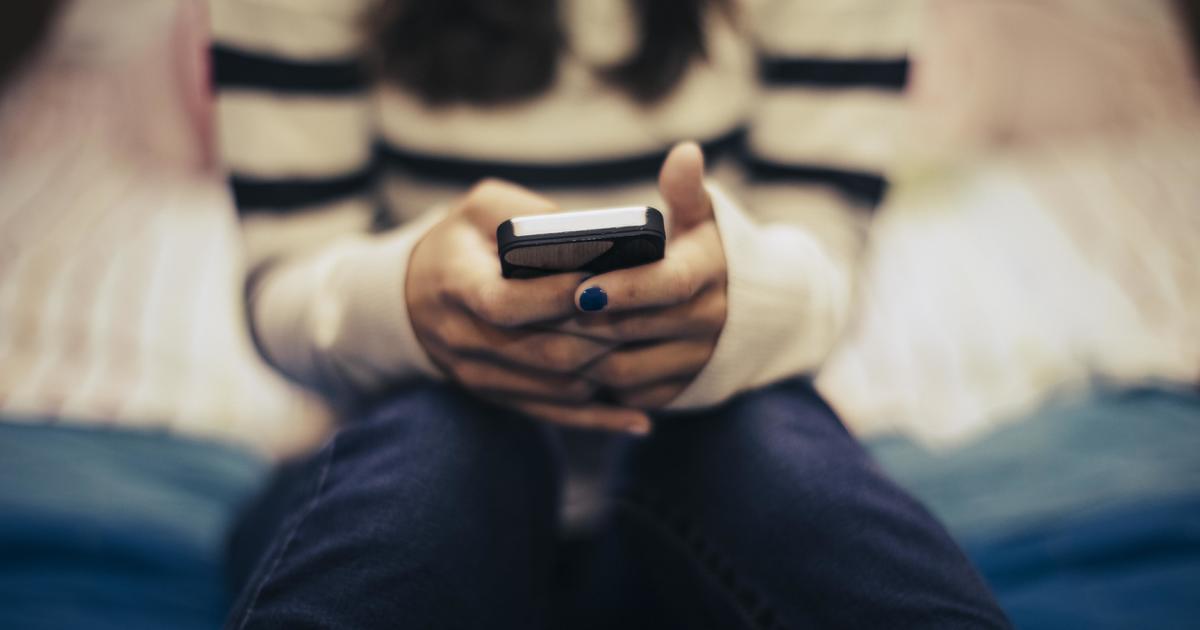[ad_1]
Every Monday, Tuesday and Wednesday, the Community Engagement Center in Homewood welcomes a handful of high school girls from the nearby Westinghouse Academy of Pittsburgh Public Schools [PPS].
On a Monday afternoon in March, the girls had a long and rough day at school. Amber Taylor, a senior at Westinghouse, was told by a teacher that she was failing herself. The overwhelming classes and her teacher’s remarks made Taylor want to cry.
By the time the girls made their way over to the center, they were emotionally and mentally drained. But half an hour into it, their worries were shelved as the students were giggling over TikToks and sharing a McDonald’s meal.
The girls found this respite at the thrice-weekly sessions organized by Homewood Youth Powered & Engaged [HYPE] Media, a critical literacies program focused on youth-led story-making possibilities that respond to stigmatized narratives of Black girls, Black women and Black communities.
The HYPE Media sessions serve as a space for teen girls in Pittsburgh to relax and chat about their struggles with mental health and the pressures of high school.
In February, a Centers for Disease Control and Prevention [CDC] report found increasing mental health challenges, experiences of violence and suicidal thoughts and behaviors, particularly among teen girls. The Youth Risk Behavior Survey found that nearly 60% of female students experienced feelings of sadness and hopelessness, twice as much as male students.
While awareness around mental health challenges has grown, teen girls in the Pittsburgh region are working to have their voices heard and creating better supports for themselves and their peers.
Feeling voiceless and alone
Allderdice High School senior Abby Blank was in ninth grade when COVID-19 hit. When school went virtual, Blank started noticing an increase in her anxiety levels and struggled to maintain new friendships.
Blank was not the only one. She also witnessed her peers struggling and a pattern of decline in their mental health.

Abigail Peigh, an 11th grader at North Allegheny Senior High School who is on the autism spectrum, said she has always struggled to make friends and form connections.
“I felt left out, I felt voiceless, I felt like my life didn’t matter. I felt like I was just this nobody because I could not fit in. … I became sad and depressed,” she said.
Maya Agrawal, a freshman at Shadyside Academy, has experienced generalized anxiety disorder, obsessive-compulsive anxiety and depression since she was in middle school. Her experience with depression also brought loneliness to her life. “No one kind of understands what you’re going through. And that was the way I felt for a while. And it’s just really hard to get out of that,” she said.

Michelle Higgins, a licensed clinical social worker, said the pandemic has led to increased feelings of isolation in schools. “It’s really sad that so many of these kids are feeling that way and yet they’re still not finding a way to connect with one another,” she said.
Blank, Peigh and Agrawal all found help and support in their schools to address their mental health needs. Blank’s school social worker created a safe space for her where she could unburden herself. Peigh found support from her school’s staff and teachers who began checking in on her when they learned of her struggles. Agrawal talked to her school counselor and used The Chill Project — an initiative by the Allegheny Health Network across 30 schools in Western Pennsylvania, aimed to facilitate better mental health supports for students.
William Davies, founder and director of The Chill Project, emphasized the importance of “school-connectedness,” suggested by the CDC report as a way to improve mental health and prevent the negative impacts of violence and trauma. The CDC says when students feel connected and cared for by their school, they are less likely to experience poor mental health.
Davies said connection can be a mitigating factor to reduce negative feelings, and schools should encourage activities and programs that can foster connection among teens.
Unseen and unheard
Not all students could find the support they needed at their schools.
Taylor said she has not been diagnosed, but struggles with anxiety and has seen a rapid decline in mental health among her peers. She said the loss of people close to her and balancing the demanding Advanced Placement classes with applying for colleges adversely affected her mental health.
Recently, a shooting outside her school also led to increased feelings of anxiety, but when she sought help from the school, she did not get what she wanted.
Taylor said her school initiated “healing circles” for students to sit and talk about their feelings about the shooting. “I was just irritated because we’ve lost so many friends from gun violence beforehand and we never talked about it like this before. And I felt upset because it took somebody coming to the school to shoot for them to do something about it,” she said.

Elena Runco, director of student support for social workers at PPS, said the “healing circles” were more of an initial response for students in a multi-layered approach. She recommended students reach out to school social workers or counselors who can then refer them to outside community mental health providers if they require additional help.
Students at Westinghouse had also been pushing for a safe space or a designated room where they can de-stress in their school, but haven’t seen any action toward it.
Taylor’s friend, Westinghouse junior La’Niya Brown, said incidents like the recent shooting triggered her. Brown, who has lost three family members to gun violence in the last two years, said the supports provided by her school do not make her feel safe.
Other than social workers and counselors, Runco said, Westinghouse has a Student Assistance Program team that can connect students with supports inside and outside of schools following traumatic incidents. The school also has a contract with eLuma, a platform that provides virtual therapy to students.
Khirsten Scott, assistant professor at the University of Pittsburgh and lead organizer of HYPE Media, said schools should work on instilling and maintaining an atmosphere of trust where students can confidently share their feelings. When students experience violence, schools should focus on building trust with students instead of directly introducing new practices, she said.
“If a school introduces a healing circle then it becomes gestural if the relationships with the students don’t exist already,” she said.
Taking matters into their own hands
When they could not find support in their schools, some students felt they had to take matters into their own hands.
Taylor found a place of solace with her peers at Westinghouse and in HYPE Media. She said it was easy to talk to other girls because they did not judge her for her feelings and they supported each other wholeheartedly.
“We build bonds with each other. … It’s like a sisterhood, honestly, because in HYPE, out of HYPE, in between, we’re always there for each other,” said Taylor.
Rivka Plotkin, a sophomore at Hillel Academy, initially could not find adequate resources or programs in or out of her school when she saw her mental health rapidly declining during the pandemic. Plotkin, who has struggled with eating disorders and self-harm, eventually found refuge in The Friendship Circle — a community-based program for people with diverse needs. She is now on The Friendship Circle’s Wellness Committee, where teens meet every month and have discussions focused on mental health issues.

Bracha Shkedi, Maya Zimmerman and Plotkin, all members of the Wellness Committee, value their “by teens, for teens” team model. Plotkin said she feels that adults do not understand what teens need and having a teen committee focused on mental health has helped her.
Rivkee Rudolph, director at The Friendship Circle, said as a community organization, they want to supplement the work of professional mental health support. She added that the need for mental health supports was greater than the number of mental health professionals. At The Friendship Circle, students learn to build skills to actively listen and respond with compassion, thus bridging some of that gap, she said.
At HYPE Media, Scott uses play-based sessions to help Black teen girls navigate the systemic challenges of living in an under-resourced community. She said Black girls often have added responsibilities and expectations, leaving them burned out and without a place to rejuvenate.
Through the play-based sessions, Scott said, they can “freely exist as children.”
For teens, by teens
Teen girls across the region agree on one thing: High school is an incredibly overwhelming experience. And they want to do something about it.
Through The Friendship Circle, Peigh and Shkedi were recently part of a teen-led panel to advocate mental health. The members of the Wellness Committee also host a podcast called “Friends On Air” in which they hold conversations around relevant wellness and mental health issues. Most importantly, they have created a safe space for themselves, where they can talk about their feelings.

At PPS, Blank was elected to the Superintendent’s Student Advisory Council [SSAC], where she now chairs the mental health subcommittee. For the past couple of years, she helped organize a student-led safe space forum where SSAC members were trained in restorative practices to facilitate conversations around mental health.
“[W]e know that we want to be able to turn those struggles into an educational opportunity and to use that to support our peers,” said Blank.

Peigh sees her peers at school struggle with mental health and feel like they are not heard. She said she had to speak up and raise her concerns so that the school staff could help her, but oftentimes she sees her friends unable to receive that same help.
Now, she wants to advocate for them and help them. “I am not afraid to speak up for mental health because mental health matters and every single person regardless of if they make a mistake, regardless of how they might be seen in school, they should not have to worry that their voices don’t matter,” she said.
Lajja Mistry is the K-12 education reporter at PublicSource. She can be reached at lajja@publicsource.org.
This story was fact-checked by Punya Bhasin.
Resources
- National Suicide and Crisis Lifeline: 988
- Allegheny County has compiled a list of resources for teens and young adults. Here is their resource guide for children and adolescents.
- Allegheny Children’s Initiative provides mental health-oriented services to children and adolescents until age 21.
- Visible Hands Collaborative provides community-led support through training in Integrative Community Therapy.
- The Jewish Healthcare Foundation manages a Teen Mental Health Collaborative of Allegheny County community-based organizations that serve teens.
[ad_2]
Source link



